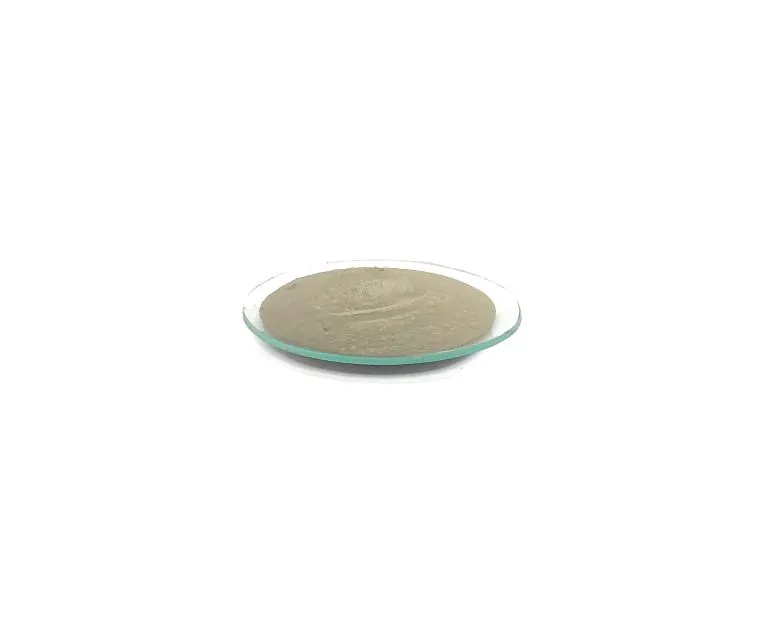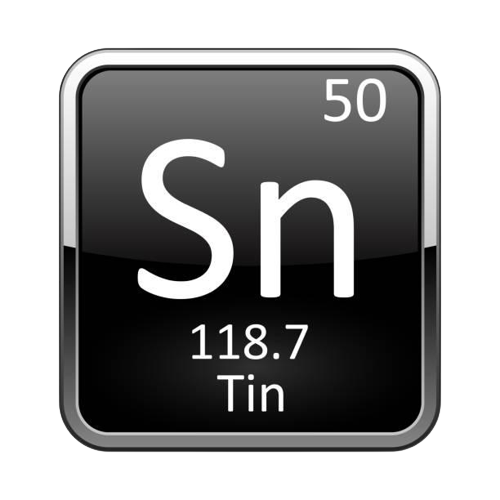

| TRADE NAME | PURITY | PARTICLE SIZE | A. D. (g/cm3) | T. D. (g/cm3) | OXYGEN | MORPHOLOGY |
|---|---|---|---|---|---|---|
| ATP | 99.5% MIN | <75 MICRONS | 3.8-4.2 | 4.4-4.7 | <0.4% | IRREGULAR |


| TRADE NAME | PURITY | PARTICLE SIZE | A. D. (g/cm3) | T. D. (g/cm3) | OXYGEN | MORPHOLOGY |
|---|---|---|---|---|---|---|
| ATP | 99.5% MIN | <75 MICRONS | 3.8-4.2 | 4.4-4.7 | <0.4% | IRREGULAR |
Tin Powder is manufactured from electrolytic and atomisation process.
Tin powder is manufactured by air-atomising using only high purity certified ingots. The resulting particles are available from 20 microns up to 200 microns.
Tin powder is a silvery-gray metallic element and is a versatile substance that has become pivotal in various industries. It is used in toothpaste, perfumes, soaps, food additives, and dyes. Tin can also combine with carbon to form organotin compounds, which are used to make plastics, food packages, plastic pipes, pesticides, paints, and pest repellents.
Tin powder has many uses in powder metallurgy, including:
Tin powder is usually found in the form of cassiterite, which is an oxide mineral. It can also be used in:
| Tin | Values |
|---|---|
| Molecular Weight | 118.69 |
| Appearance | Silver-gray metallic solid |
| Melting Point | 232 °C |
| Boiling Point | 2602 °C |
| Density | 7.265-7.31 g/cm3 (20 °C) |
| Solubility in H2O | N/A |
| Electrical Resistivity | 11.5 x 10-8 Ω·m |
| Electronegativity | 1.96 Paulings |
| Heat of Fusion | 7.03 kJ/mol |
| Heat of Vaporization | 296.1 kJ/mol |
| Poisson's Ratio | 0.36 |
| Specific Heat | 0.21 J/g·°C (25 °C) |
| Thermal Conductivity | 66.8 W/(m·K) |
| Thermal Expansion | 22.0 µm/(m·K) (20 °C) |
| Young's Modulus | 50 GPa |
© Serena. All rights reserved.